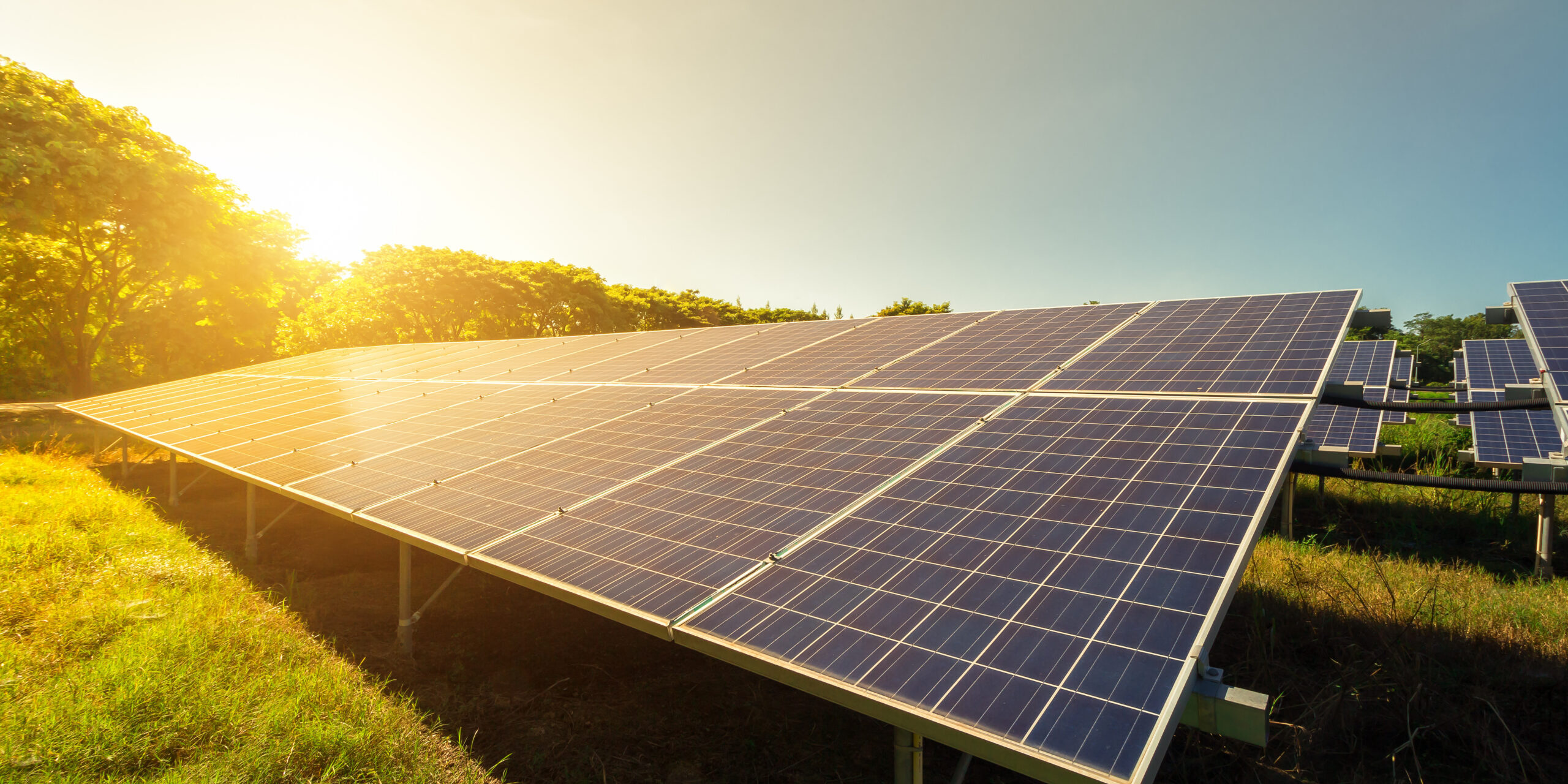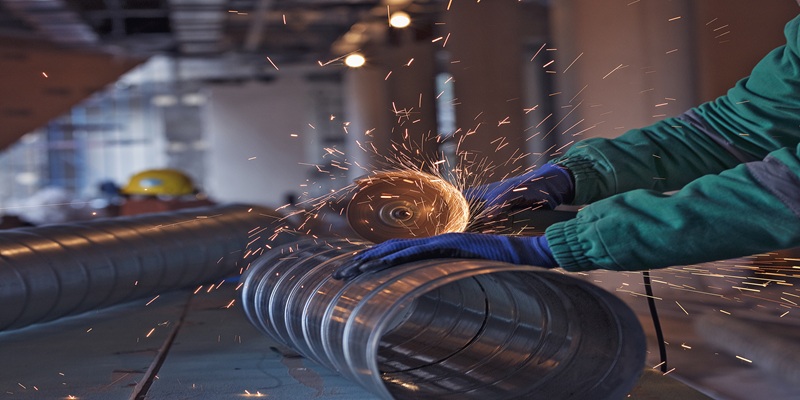Schedule a Call Back
Roadmap for India’s transition to EVs
 Articles
Articles- Mar 02,23

With a population of 1.4 billion, India is the fastest growing developing economy in the world. One metric of economic growth can be measured in terms of increased annual car sales. Annual car sales in India are projected to increase from the current 3.5 million to about 10.5 million — a three times increase — by 2030. In India, 8 per cent of total Greenhouse Gas (GHG) emissions are from the transport sector, which will only increase with higher annual sales. Given this data, India finds itself at an crucial juncture, a time at which it must find a way to transition to electric vehicles and ensure control of vehicular emissions. Limiting vehicular emissions is also essential to ensure that India is able to meet the targets set for reduced overall emissions. This article explains the key motivating reasons for adopting electrical vehicles (EVs) followed by detailing what a transition to EVs would look like along with potential challenges. Finally, the article ends with an overview of current government schemes promoting EVs and global policies that could inspire further governmental support and action.
Why go for EVs?
There are multiple reasons behind the need to adopt electric vehicles in India. There are as follows:
Reduce oil import dependence: India depends on imports to fulfil its demand of crude oil (88 per cent in FY19). As a result, crude oil prices have a significant impact on India’s current account balance (CAB). This can be illustrated by examining the CAB increase from 1.1 per cent of GDP in FY16 to 2.1 per cent of GDP in FY19, solely due to a 50 per cent increase in oil prices.
Source: NITI Aayog report ‘Status quo analysis of various segments of electric mobility and low carbon passenger road transport in India’
Pollution: In line with Paris agreement, in 2021, Prime Minister Narendra Modi announced targets at COP 26 in Glasgow, which included reducing total projected carbon emissions by 1 billion tonnes through 2030, bringing down carbon intensity of the economy down to less than 45 per cent and be net zero by 2070. In order to meet and hopefully exceed these targets, eliminating emissions from vehicles is crucial. India was ranked fifth in world’s top polluted countries in 2021, according to the World Air Quality Report of 2021. As per World Air Quality Index, 8 of the top 10 cities in Asia are from India. While health experts in India continue to raise concerns regarding India’s poor AQI which leads to a third of deaths from stroke, lung and heart diseases. Also, poor visibility results in transport delays and road accidents.
Creating an electric mobility ecosystem: Conventional internal combustion engine (ICE) mobility ecosystems have been developed over the years. Similar development is needed for the EV ecosystem to ensure a smooth transition. The key component of the ecosystem that need to develop in India are the supply of batteries and charging stations. A definition of batteries could be broadened to include the storage of energy for fuel cell EVs as well. That said, the final frontier is not set with regards to the usage of technology i.e. battery EVs or FC EVs, though both could have their use cases (lighter vs heavier applications etc). Though Li-ion is the most common battery technology in use today, certain limitations (regarding availability of raw materials, costs, life cycle, energy density, etc) have led to R&D in other technologies such as solid-state batteries, Sodium-ion batteries, Aluminium-air batteries etc.
Transitioning from ICEs to EVs
While the ICE has been in use globally for more than a century, EVs are in their nascent stage, especially in India. Therefore, infrastructure and supply chain capabilities need to be developed for EV specific components and for energy needs of EVs to enable a smooth transition from ICE to EVs. There are challenges both on the supply and the demand side. However most of these are inter-related i.e. the costs are high because scale is low, scale is low because demand is low and demand is low because costs are high. That is where the government comes into the picture. The government is pushing for greater adoption of EVs through FAME and FAME II schemes, which not only provide demand incentives, but also incentivise development of charging infrastructure. Thus, addressing both the chicken and the egg part of the equation.
Challenges to the transition and adoption of EVs in India are:
Government schemes and financial support
The government has implemented various schemes to enable and accelerate adoption of EVs in India. The first of these was Faster Adoption and Manufacturing of (Hybrid and) EVs in India (FAME), first introduced in 2015. The total outlay under this scheme including FAME-II, was more than Rs 100 billion.
Details of the FAME initiative:
The government has also announced PLI schemes for Advanced Cell Chemistry (AAC) Battery Storage with an incentive outlay of Rs 181 billion and PLI for Advanced Automotive Technology (AAT) with a budgetary outlay of Rs 260 billion. A total of four companies have been selected for incentives under PLI for ACC to set up capacity of 50 GWh within a period of two years. Incentives would be disbursed on sale of batteries manufactured in India with emphasis on greater domestic value addition. The incentive program is technology agnostic. This could result in net savings of Rs 2-2.5 trillion on account of oil import bill reduction.
Under the PLI for AAT, the government has received a proposed investment of Rs 749 billion against a target estimate of Rs 425 billion over a period of five years. This is largely targeted at BEVs and HFCVs (Hydrogen Fuel Cell Vehicles) of all segments.
Prospects of private investment in the EV sector
As described previously, we are seeing a slew of investments from the private sector towards EVs, enabled by the incentives offered by the Government and evolving customer preferences. OEMs are investing in the development of EVs as can be gleaned from the products being launched at the Auto Expos. Auto ancillaries are also aiding this transition by developing/localising EV specific components such as motors, controllers, chargers, etc.
Insights from EV promotion policy worldwide
Countries across the globe are pushing for greater adoption of EVs through mandatory regulations and demand incentives. The European parliament and council announced that by 2035, all new cars and vans registered in Europe will be zero emission. Similar targets have been announced by China and other government and municipal agencies. Along with mandating manufacturing/purchase of EVs, governments are also incentivising purchase of EVs through various rebates. The most recent is the $ 7,500 credit announced by US government.
Norway is a textbook case often referenced when discussing the transition to EVs. Norway has its zero-emission goal set for all new cars by 2025. In Norway, 79.2 per cent of all cars sold in 2022 were BEVs. The incentives are driven by the ‘polluter pays principle’ which means higher taxes for higher emission cars. Therefore, taxes on polluting cars have partly financed incentives for zero emission cars without any loss in revenues. Incentives offered by Norway include no purchase/import tax, exemption from 25 per cent VAT, no annual road tax, no charges on toll roads, free municipal parking, access to bus lanes, etc.
Assessment of the governmental support
Is government of India support enough to offset the challenges for EV Adoption?
As discussed earlier, GOI is offering various incentives to manufacturers and customers of EVs. These incentives are in the form of PLI and demand incentives (FAME-II). The government has also enabled the start-up ecosystem which is reflected in the start-ups entering the domain of manufacturing of EVs and setting up of charging infrastructure.
The GOI has also provided guidelines and standards to proactively support creation of EV charging infrastructure which is safe, reliable, accessible, and affordable.
GOI has also issued a draft for battery swapping policy which aims to decouple battery cost from the upfront cost of purchasing EVs, offer flexibility to users through battery swapping as an alternative to charging and establish principles to enable interoperability of components within a battery swapping ecosystem.
The Government of India could take inspiration from other governments/agencies and can introduce more measures including but not limited to:
Roadmap for private sector investment
There are multiple sectors which are enabled by EVs, where sustainable profitable business can be made. Most of the businesses in the EV manufacturing are already in place. The space which would attract a lot of investment are a) battery cell manufacturing, b) charging components (EVSE) manufacturing and 3) setting up of charging infrastructure.
About the author:
Tia Bhatnagar is a student of Std 11. She has a passion for debating and participating in Model United Nations. This has exposed her to causes that are relevant and important for her generation.
Related Stories

India’s Solar Module Capacity to Cross 125 GW, Raising Surplus Fears
Industry faces overcapacity risks as production triples domestic demand
Read more
Centre Launches Third Round of PLI Scheme for Speciality Steel
Scheme aims to boost high-end steel capacity and global competitiveness
Read more
Supply chain security is fundamental to Make in India 2.0
In this article, Parmod Sagar, Chairman & CEO, RHI Magnesita India Ltd, emphasises that supply chain security is a strategic enabler for India’s $7 trillion economy vision, requiring diversificati..
Read moreRelated Products

Automotive Oil Pump
Kalpak Auto Pvt Ltd offers a wide range of
automotive oil pump.
Tata Motors unveils facilities for development of Hydrogen propulsion tech
Tata Motors, India?s largest automobile company, unveiled two state-of-the-art & new-age R&D facilities for meeting its mission of offering sustainable mobility solutions. The unveilings constitute of Read more
Tata Motors plans petrol powertrain for Harrier and Safari SUVs
Tata Motors is in the process of developing a new petrol powertrain for its premium sports utility vehicles, the Harrier and Safari, as confirmed by a senior company official. Currently, these models Read more
















